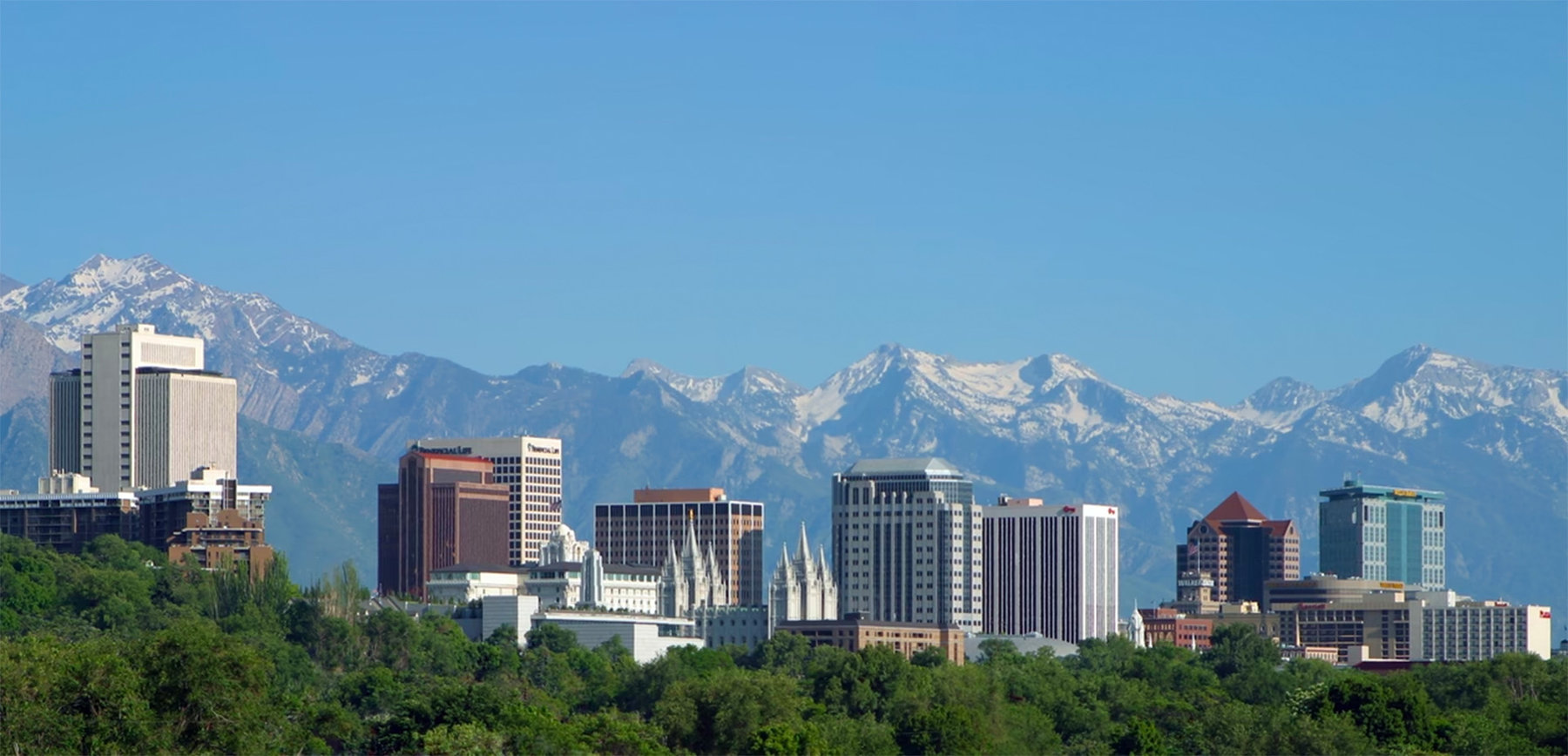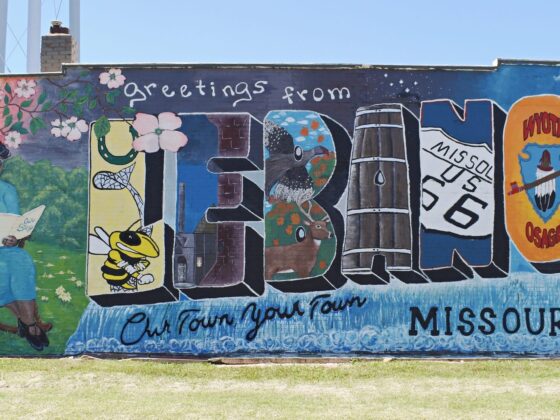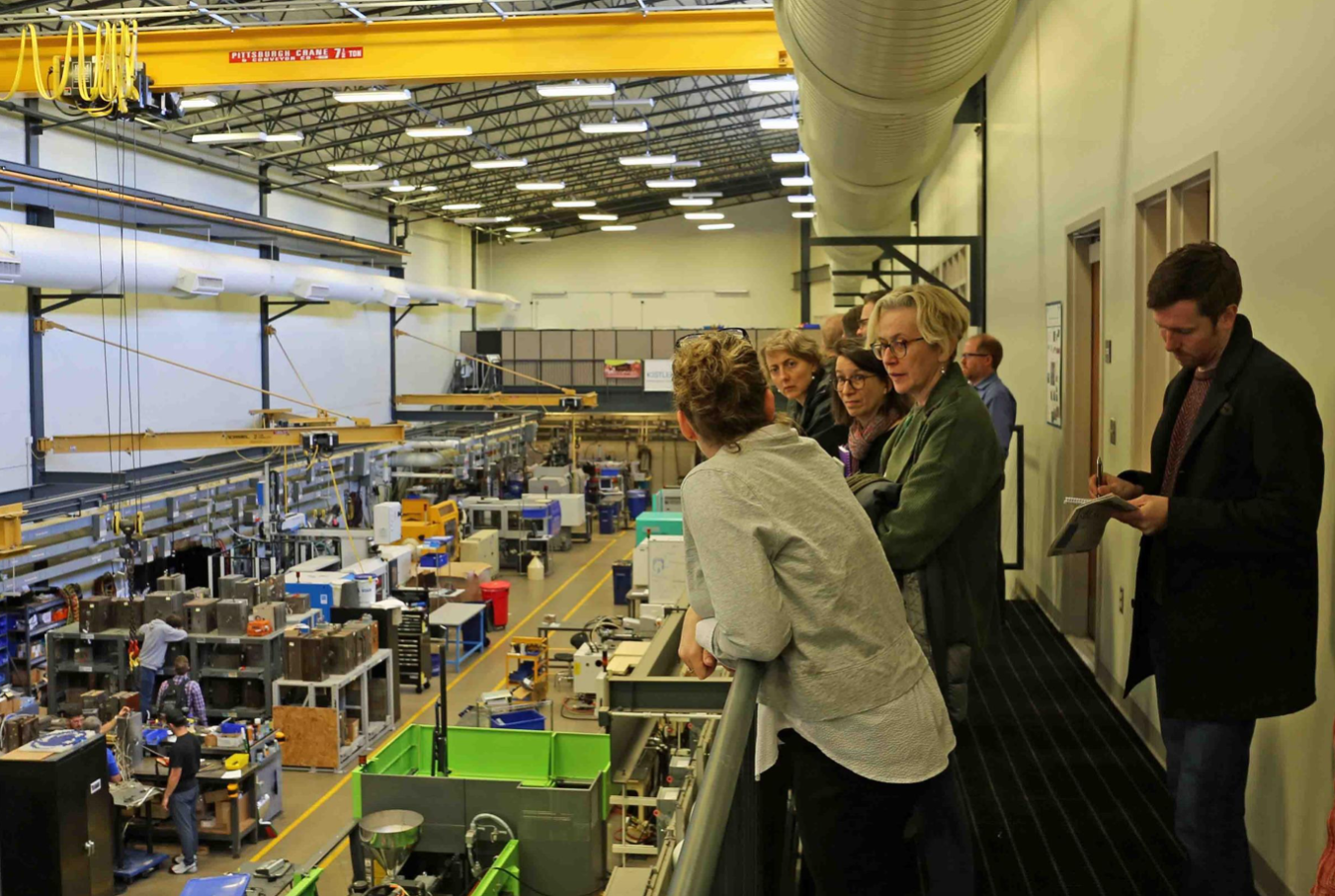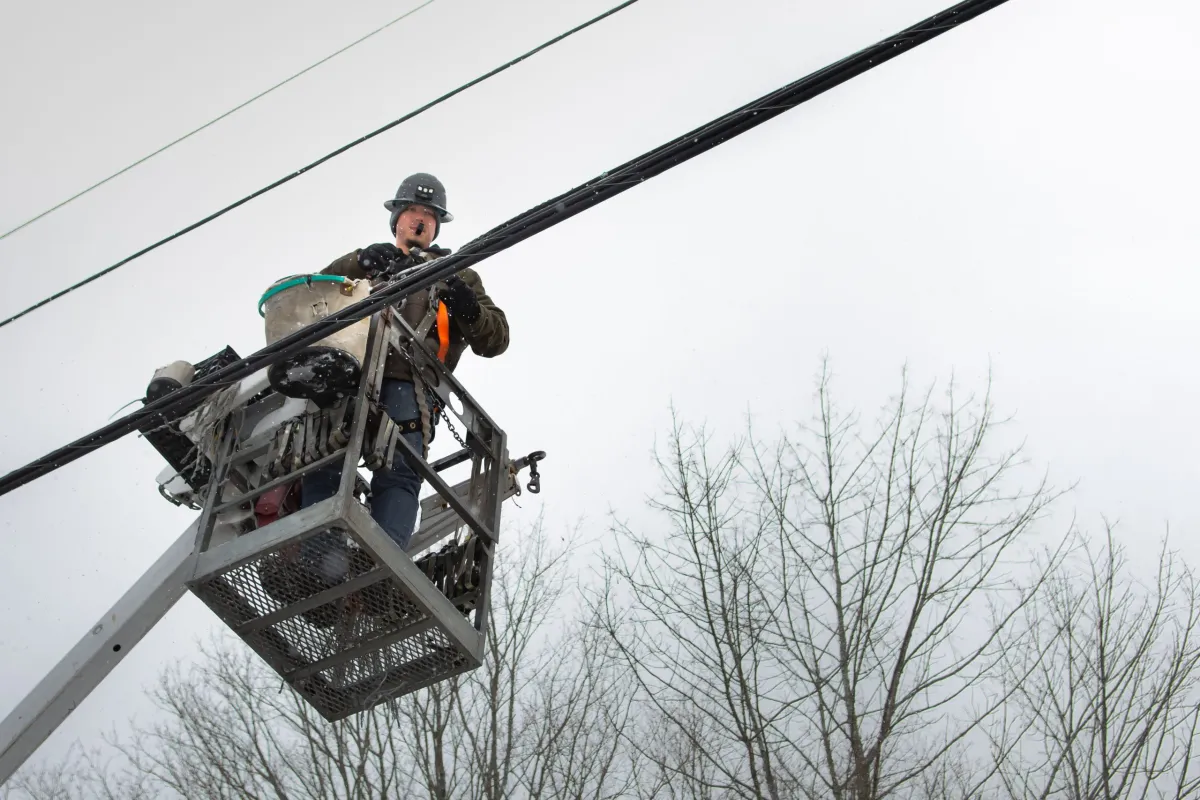1. Salt Lake City: Can’t We Just Get Along?
Until now, I’ve always considered myself on good terms with the “Crossroads of the West,” also known as SLC. Since my first visit there on a Boy Scout trip, I’ve returned many times. My wife Deb and I have put in visiting stints at both Brigham Young University, in Provo, and at the University of Utah, in Salt Lake City itself. It’s a great place!
Thus naturally my feelings were hurt by the headline below from the Daily Utah Chronicle, over a story by Emma Tanner:

A follow-up article by Tanner is here, making the case that Salt Lake City stands up well on an official 11-point Checklist For Civic Success. No offense meant! We have another season of reporting-travel coming up this summer and fall and might be in the vicinity. Meanwhile I salute the spirit with which Tanner closes out her series, especially the wry final line.
Fallows’ fourth point [on the checklist] addresses whether people in an area understand and “know the civic story.” Again, the LDS church has made its claim and created a clear identity. Not only do Utah residents know, for the most part, what role the Mormons have played in establishing and sustaining successful state operations through an interesting and sometimes twisted history, but people around the globe know Utah for its Mormons, for better or worse….
Lastly, points five and eleven address whether the city has a downtown and craft breweries. An obvious and distinct downtown is necessary because it is considered the “bones” of the city, the reflection of everything the area represents and stands for. Its appearance and functionality matter, and Salt Lake City has, in my opinion, one of the nicest downtowns I’ve ever seen. It’s clean, airy, has great proximity to everything (mountains, resorts, recreation, freeways, other major state cities, etc.), and is well-organized and managed. Craft breweries matter as an indicator of entrepreneurship and appeal to young people. Utah, as of now, has more than ten craft breweries, which my twenty-year-old self hears are pretty great.
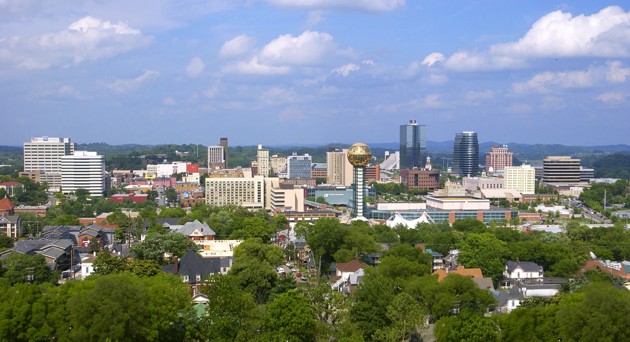
2) “Does Knoxville Have What it Takes?” A very nice piece by Alan Sims, who writes as “Urban Guy” for Inside of Knoxville, on how the capital of eastern Tennessee measures up. I was particularly interested in this part, about what I’d listed as the #9 trait of successful cities we’d seen: that they “make themselves open.”
[The checklist said:] “The anti-immigrant passion that has inflamed this election cycle was not something people expressed in most of the cities we visited. On the contrary, politicians, educators, business people, students and retirees frequently stressed the ways their communities were trying to attract and include new people . . . Every small town in America has thought about how to offset the natural brain drain that has historically sent its brightest young people elsewhere. The same emphasis on inclusion that makes a town attractive to talented outsiders increases its draw to its own natives.” [Fallows] mentions that the mayor of Greenville, SC pointed out how many languages are heard on the sidewalks in that city, which is something I’ve often commented on in my articles about our city. I think the frequency of just that is increasing in Knoxville.On this front I think our mayor has been particularly keen in welcoming everyone and framing that into city policy. Our state and county doesn’t always help matters. I’m thinking of incidents like Sheriff JJ Jones threatening to “stack immigrants like cord wood,” in jail. That doesn’t help. Still, in speaking specifically of the city, I think we do well on this variable.
I’ve met the mayor of Knoxville, Madeline Rogero, and agree about what she is trying to do in the city. We’ll try to take a closer look soon. (Thanks to Knoxville resident and longtime friend Neil McBride for the tip.)
3) On the difficulty of properly registering areas of progress and retrogress at the civic and national level, consider this short note from reader Jerry Glynn of Illinois:
I was in Chicago for two days and one night recently from Urbana IL, where my wife and I live and where are four kids grew up.
I looked out our hotel window and saw three of the many bridges across the river and remembered that almost all of the old bridges in town had been rebuilt, one by one, in the past 15 years. Beautiful and important work. But no stories in the struggling newspapers remind us of this most important work. No politician is getting regular credit for pushing this work through. Too bad.

